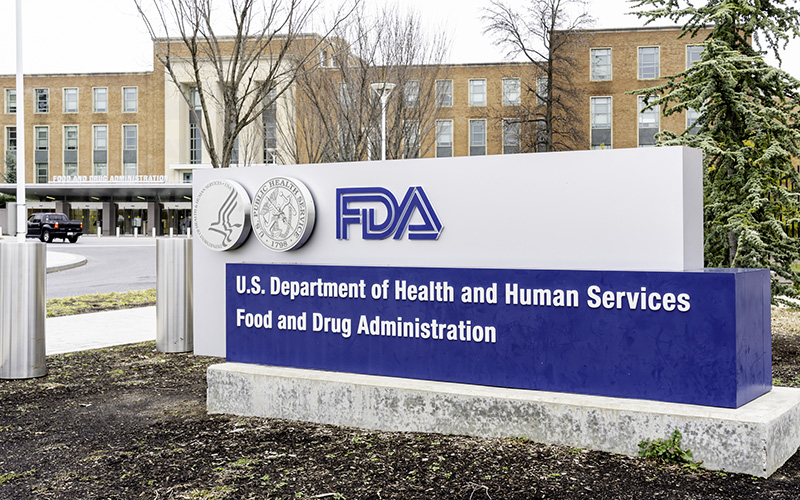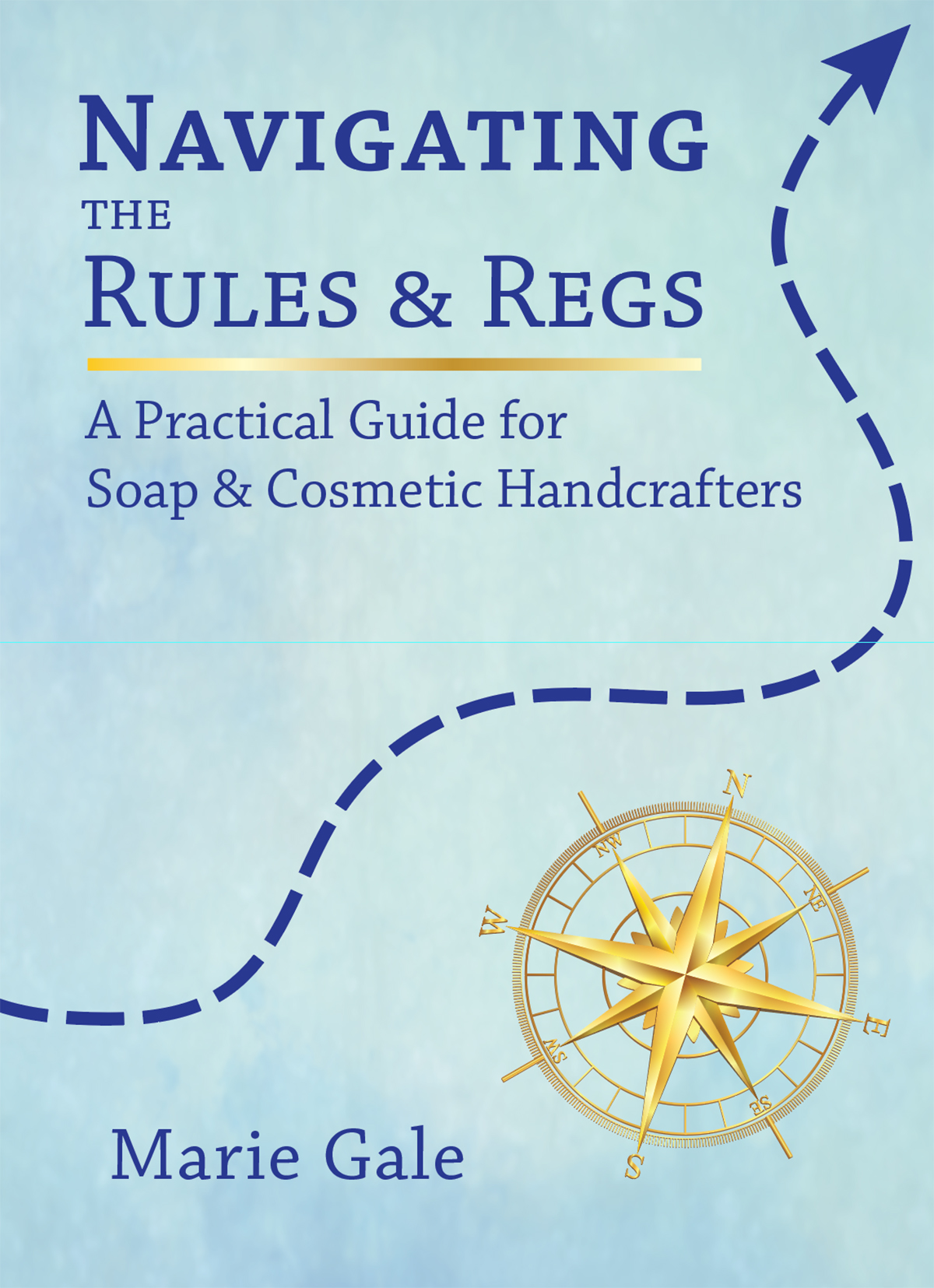The FDA just (July 2017) published a warning letter to a cosmetic manufacturer in St. Louis. Once again, the FDA reviewed the website and cited drug claims:
“…the claims on your website establish that the products are drugs under the … Food Drug and Cosmetic Act … because they are intended for use in the cure, mitigation, treatment, or prevention of disease and/or they are intended to affect the structure or function of the body.”
What Did the FDA Find Objectionable?
There were four specific products mentioned. For each of them, the FDA cited statements that were made in the description of the product, mostly having to do with describing the ingredients used in the product. The following exactly quotes from the FDA letter, but I have highlighted the key disease or structure/function phrases for reference):
- “The result is a nutritious concoction rich in anti-inflammatory Omega fatty acids …”
- “Hemp [(an ingredient in your product)] … reduces redness and is recommended for the treatment of psoriasis and eczema.”
- “Organic Tamanu [(an ingredient in your product)] oil has proven antibacterial, anti-inflammatory and skin rebuilding properties …”
- “Beta glucans … are anti-inflammatory”
- “Organic oils of Baobab, Pomegranate, Perilla, and Pumpkin [(ingredients in your product)] make a synergy to soothe irritations whether they be from sun, wind, allergies, or chronic inflammatory conditions.
- Each of these oils is known to be helpful for eczema, dermatitis, chapping and dryness.”
- “St. John’s wort [(an ingredient in your product)] is anti-inflammatory and analgesic for skin irritations and damage.”
- “100% natural, botanical recipe is anti-redness and anti-inflammatory …”
- “Marshmallow [(an ingredient in your product)] provides soothing mucilage and Plantain leaf infuses renowned anti-redness abilities. Self Heal comes packed with gentle but effective antimicrobial properties to keep acne and other skin disturbers at bay.”
- “Heather Flowers [(an ingredient in your product)] provide the anti-allergenic flavonoid Quercetin which also helps synthesize new collagen.”
- “Cold-extracted Olive Leaf [(an ingredient in your product)] offers a fraction called Oleuropein known for its potent antibacterial and anti-inflammatory effects.”
- “Niacinamide [(an ingredient in your product)] is included at 4% which is a level proven in studies to be more effective than a 1% clindamycin antibacterial gel at preventing acne breakouts. It maintains ceramide levels …, synthesizes collagen, and evens coloration of the skin.”
- “Organic Evening Primrose oil and Pomegranate Oil [(ingredients in your product)] are rich in omega 5, 6, and 9 essential fatty acids including GLA which help balance hormones …”
- “Omega 5 is a rare fatty acid that acts as an… anti-inflammatory…”
- “Pomegranate oil [(an ingredient in your product)] also has phytoestrogen to assist with hormone balancing, …”
- “Tamanu [(an ingredient in your product)] has been used … for its anti-inflammatory, antibacterial, and regenerative properties.”
What’s the Problem?
First of all, even if all of these statements are true (and even if based upon proven scientific studies) those ingredients are not approved by the FDA for the treatment of the diseases/issues mentioned. So, right at the point these claims are made, the result is an “unapproved new drug.”
Secondly, even if those statements are approved for an over-the-counter drug (which they are not), the manufacturer would need to be an approved, inspected, and licensed drug manufacturer in order to legally (and safely) make them. It’s virtually impossible for a handcrafter to meet those standards.
Making Cosmetics vs. Making Drugs
It’s all about the intended use. What is the product supposed to be used for? What is its purpose?
Cosmetics are products that are intended to cleanse, improve appearance, and beautify. They are “surface” products, changing the way things LOOK.
Drugs are intended to cure, mitigate, treat, or prevent disease, and/or affect the structure or function of the body. They work “under the hood” and make changes inside the body.
Drugs are highly regulated for the safety of consumers; cosmetics are much less regulated. Handcrafters can make cosmetics; handcrafters cannot make drugs without being an FDA-approved and state-approved drug manufacturer.
It’s Your Choice
When you come up with an idea for a new product, keep in mind the intended use. YOU decide this when you create the product. This isn’t a passive, accidental action; this is (or was at some point) an active decision on your part.
If your newest, greatest, brightest idea is an “anti-itch poison oak soap”, you have already started down the path of creating an unapproved new drug. Your decision that the intended use is “anti-itch” and the “treatment of poison oak” moves your product away from a legal cosmetic product and turns it into an illegal drug product.
No matter how you try to go around it, to be “tricky” and characterize your product as a cosmetic when the actual intended use is as a drug, if the consumer “gets it” then so will the FDA. The FDA isn’t stupid and they have lots of experience reading between the lines.
It’s a lot harder to stay in business when you start out with products that skirt the law.
Make it easy on yourself. Make and sell soap and cosmetics, not drugs!



Leave a Reply